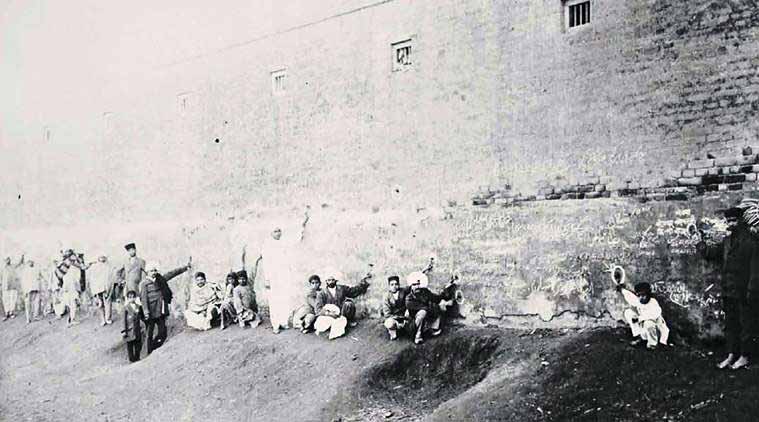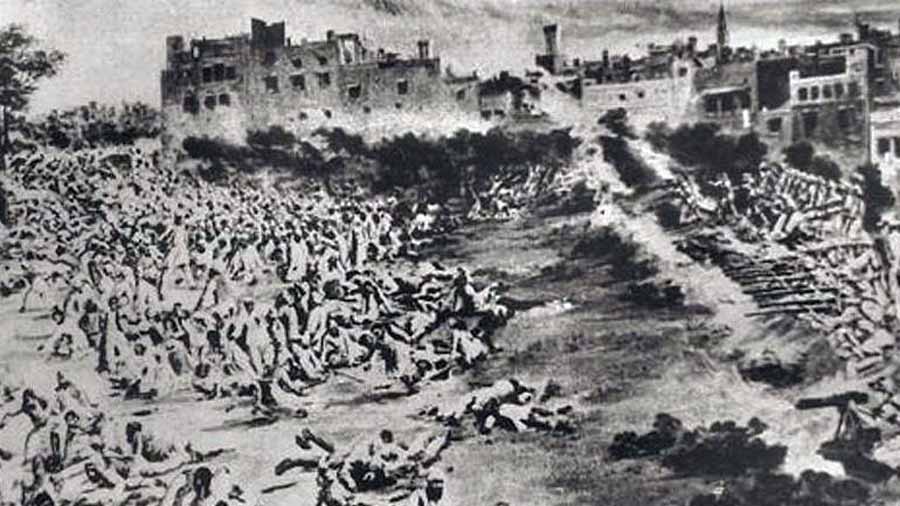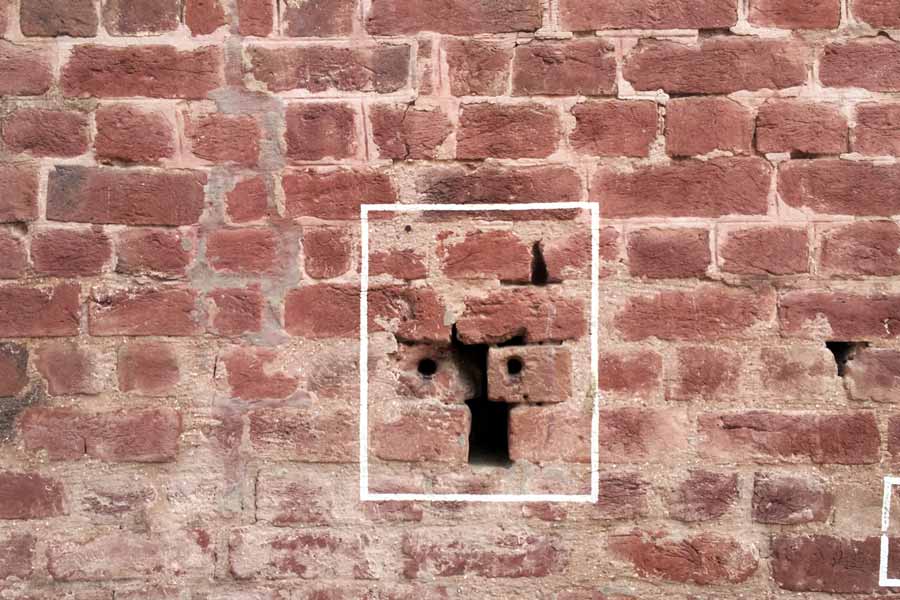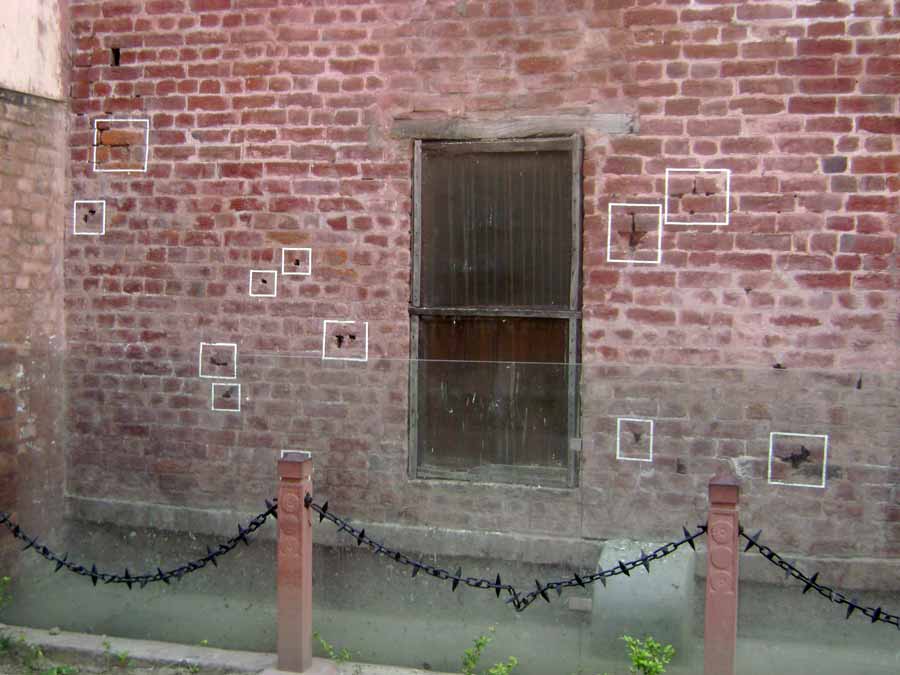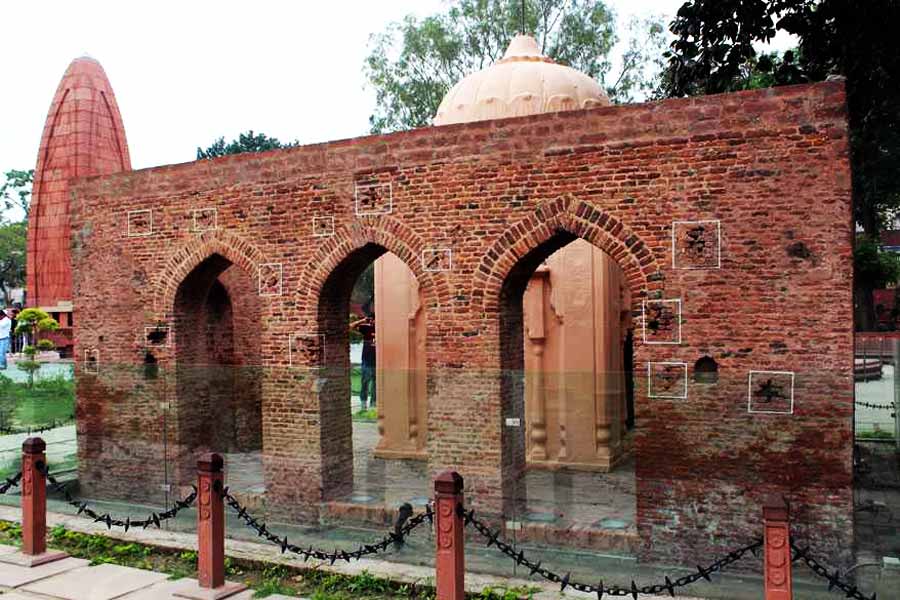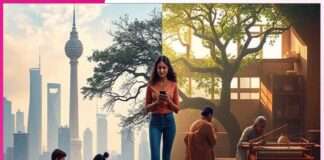Jallianwala Bagh Massacre
Before knowing about the Jalliawala Bagh Massacre, let us first check on the fact that led to this massacre.
Rowlatt Act, which was also known as the Black Act, was passed in March 10, 1919, by Imperative Law Council, allowing certain political cases to be tried without juries and the imprisonment of the suspect or political prisoners without trials and without warrant on suspicion.
Mahatma Gandhi opposed it and called it Black law as it supresses individual freedom and the freedom of speech. The passage of the law triggered large scale unrest throughout India. Mohammad Ali Jinnah also resigned from his Bombay seat as a protest against passing of the Bill.
In Punjab, situation rapidly deteriorated resulting in the destruction of railway lines, postal and telegraph communication systems. On 10 April, 1919, there was a protest at the residence of the then Deputy Commissioner of Amritsar, Miles Irving, demanding the leaders of the Indian Independence movement Satyapal and Saifuddin Kichlew who were arrested by the British erstwhile and were kept in a secret location.
Also Read:
There a military picket shot at the crowd, killing several of the demonstrators. In retaliation to this, the crowd carried out arson, attacked British Banks, killed several British people and assaulted two British females.
On 11 March 1919, an elderly British Missionary, Marcella Sherwood, who had approximately 600 Indian school children under her care, fearing their safety, she was on her way to send them home; was caught by a mob and violently attacked her in a narrow lane caller Kuchcha Kurrichchan. She was saved by the locals Indian residents and the pupil of one of her students and was sheltered in Gobindgarh fort for safety.
Later General Dyer who visited her was furious at the nasty incident, issued an order requiring every Indian men to crawl on his hand and knees as punishment and ordered whipping of the locals who came at the lathi length of a police officer.
For the next two days, peace prevailed at Amritsar but violent protests continued in other parts of Punjab, damaging the railway lines, telegraph posts, government offices were set ablaze and three Europeans were murdered. Thereafter the British Government imposed martial law in Punjab in which a number of civil liberties that included freedom of assembly, gathering of more than 4 people was banned.
On 12 April a meeting was held at Hindu College, Dhab Khatikan, Hans Raj a local aid to Kichlew, announced that public protest meeting would be held the following day at Jalliawalan Bagh, would be organised by Muhammed Bashir and chairperson, reputed congress leader Kanhaiyalal Bhatia. In the meeting a series of resolution were passed protesting against Rowlatt Act and illegal detention by the British authorities of Satyapal and Kichlew, was drawn up and approved following which the meeting was adjourned.
On Sunday, 13 April 1919, General Dyer was convinced from the intelligence reports that a major resurrection would take place, hence he banned all meetings.
In morning at 9:00 General Dyer made round of the Amritsar city with several city officials, announcing implementation of a pass system to enter or leave the city and a curfew that would be enforced by 20.00 hours that night and a ban on all proceedings and public meeting of four or more persons. This proclamation was explained in English, Hindi, Urdu and Punjabi. But only few gave it any importance.
But as the message was not widely disseminated, many villagers gathered at the Jalliawala Bagh near Harmandir Sahib in Amritsar to celebrate Baisakhi, an important festival for Sikh community and also peacefully protest the arrest of the two nation leaders, Satyapal and Kichlew. Many were present who had worshipped at the Golden Temple and were passing through the Bagh on their way home.
Other than the pilgrims, annual Baisakhi horse and cattle fair was being organised the preceding days, in which the farmers, traders and the merchants attended. The police had closed down the fair that afternoon, resulting in an even larger number of people drifting into the Jalliawalan Bagh.
The Jalliawala Bagh was an open area of 6 to 7 acres, surrounded on all sides by walls, 10 feet in height, five narrow entrances opened into it, that were mainly kept permanently closed. In the centre of it had a Samadhi and a large well, partly filled with water.
General Dyer had done an aerial survey of the Bagh and had estimated crowd size to be of 6000 people but the Hunter Commission, headed by Lord William Hunter formed to led an enquiry on this British massacre, estimated a crowd size of 10000 to 20000 had assembled at the time of the General Dyer’s arrival.
General Dyer arrived at the Bagh with 50 troops including 25 Gurkhas of Gurkha Rifles, 25 Pathans and Balochs and 59th Sindh Rifles.
The main entrance was blocked by the troops and armoured vehicles to prevent the people from getting out. General Dyer without warning the crowd to disperse, ordered the troops to begin fire. This panicked the crowd trying to leave the Bagh, firing continued for 10 minutes approximately killing the unarmed civilians, including men, women, elderly people and children.
The ceasefire was ordered when the ammunition was exhausted, 1650 rounds were fired. A large number of people died of crushing in the stampedes at the narrow gates or by jumping into the solitary well in Bagh, 120 bodies were removed from the well later. General Dyer extended the curfew time than the usual time earlier, hence the wounded could not be moved from where they fell down due to which many injured then died during the night.
The Hunter Commission confirmed the death of 337 men, 41 boys including a six month old infant. The Indian National Congress conducted a separate inquiry on its own and quoted more than 1500 casualties and 1000 being killed.
The British Government tried to suppress the information of the massacre, but the news spread among Indians like a wild fire.
The incident still remains as a black day in the freedom struggle for Indian subcontinent. Even today when Indians pilgrims visit Golden Temple visit the Jalliawala Bagh to pay homage to the martyrs.






























